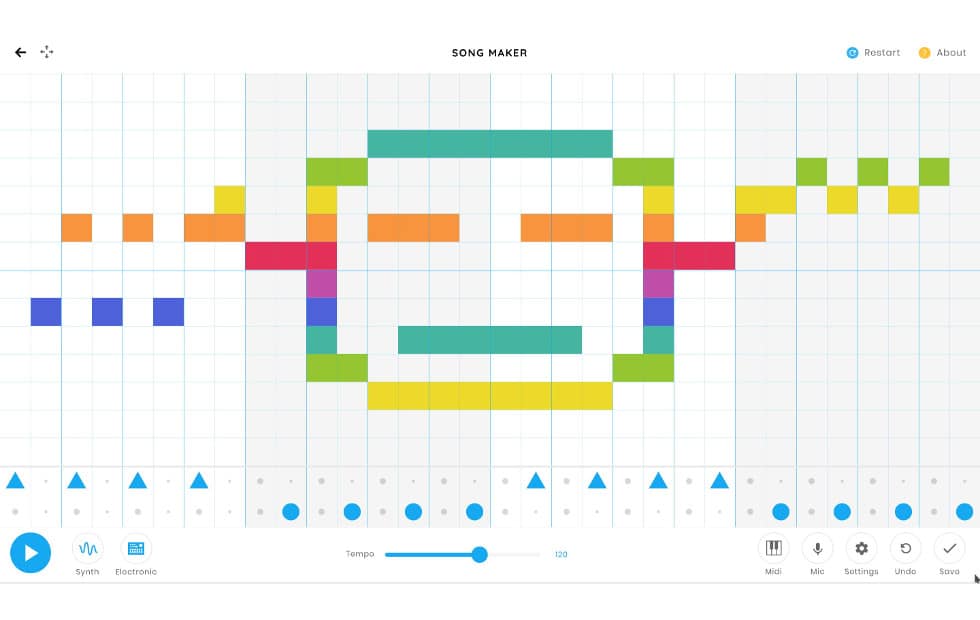
It’s finally happening. The broad market and key leadership sectors are breaking out of a downtrend. Bulls are starting to regain control of the narrative.
The big-cap S&P 500 and the small-cap Russell 2000 are both breaking out of a three-month downtrend characterized by a series of lower lows. That is now reversing. Today, when the S&P moved into the 2,680 range — the key breakout from that downtrend — the market lifted. The S&P has risen nearly 100 points, and the Dow more than 1,000 points, since Thursday’s lows.
February, March and April were tough for bulls, as a series of weaker economic data, inflation concerns, and debates about “peak earnings” had bears on the ascendency.
But in the past week, the bull narrative has been given support:
1. Second quarter economic data is better, particularly the jobs report last Friday that indicated modest jobs growth with modest wage inflation. First quarter GDP came in at 2.3 percent, far better than the 1.2 percent gain in the first quarter of 2017, and the 0.6 percent gain in the first quarter of 2016. The second quarter will certainly be much stronger, currently estimated at 3.2 percent.
2. There was no drop in earnings guidance. The argument that we are at “peak earnings” is bogus as long as we are seeing significant economic growth.
2018 EPS Growth Estimates
Q1: 25.9 percent
Q2: 19.6 percent
Q3: 22.5 percent
Q4: 19.3 percent
3. Inflation remains moderate. Today’s 10-year Treasury auction kept 10-year yields at 3 percent. April’s Producer Price Index, a measure of inflation at the wholesale level, saw core prices (excluding food, energy and trade) well within expectations, despite somewhat higher costs for some commodities:
Core PPI
(YOY, less food, energy, trade)
April: 2.5 percent
March: 2.9 percent
Feb.: 2.7 percent
Jan.: 2.5 percent
It’s not just the S&P 500 that is breaking out of a downtrend. Sectors that were market leaders earlier in the year — semiconductors, banks, consumer discretionary and FAANG stocks — are also showing improving trading patterns.
Commodity price inflation remains a concern, but many companies have discussed passing on the higher prices or improving productivity. Companies in those sectors that are having trouble doing either, like consumer staples, are facing margin erosion and are being discounted.
What’s missing is more volume on days when the market is up. The highest volume days of the year have all been on big down days, none of the big up days has seen heavy volume.
Finally, here’s an important point: Breaking out of a downtrend does not mean we are in a convincing uptrend. Sideways may be the most likely trade as we hit very notable seasonal patterns (sell in May, mid-term elections).
One data point to watch: The small-cap Russell 2000 is 1 percent from breaking out to a historic high. The number to beat is 1,615, which it hit on Jan. 24 this year.
























